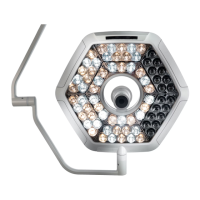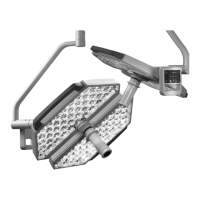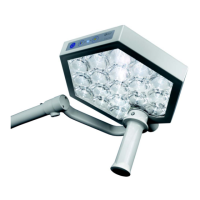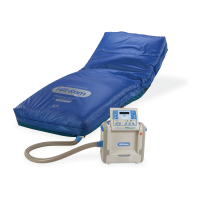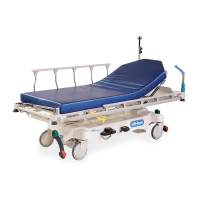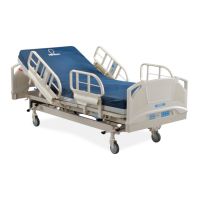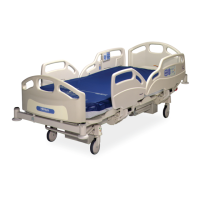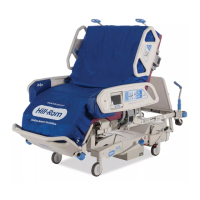The MetaNeb® System User Manual (174432 REV 7) 5
Introduction
Theory of Operation
Normal Mucus Clearance
Normal mucus clearance in the lungs is accomplished in three unique
ways. It must be understood that these mechanisms complement each
other and none are mutually exclusive. The three mechanisms are:
1. Mucociliary Escalator
2. Cough
3. Autocephalad Flow
Mucociliary Escalator
The respiratory tract consists of approximately twenty-four generations,
each lined with a mucus secretion that has two layers. The top layer is a
hydrated gel layer. The bottom layer is a thin, less viscous sol layer. Cilia
line the entire surface of the respiratory tract down to the terminal
bronchiole (16th generation). These cilia beat continuously at a rate of
approximately 10-20 times per second and propel mucus in a cephalad
fashion 1-3 mm per second. The mucus with any entrapped particles is
swallowed or coughed to the atmosphere.
Cough
A cough can be voluntary or stimulated as part of a reflex and is an
effective way to remove even large quantities of secretions from the upper
airways (6th-7th generations). This is accomplished by creating high
velocity flow rates at high lung volumes through the generation of
intrapleural pressures >100 mmHg, then releasing this pressure
explosively to the atmosphere. Air can be expelled in excess of 100 miles
per hour. These high airflows create shear forces, which in turn, cause
mucus to be expelled. Past the 6th generation, airways begin to lose their
cartilaginous support, and at the high pressures the small airways tend to
collapse, which prevents secretion removal. Thus, the rationale behind the
HUFF cough and FET maneuvers is that when you teach patients to cough
at lower lung volumes, high pressures are minimized and small airway
collapse is reduced.
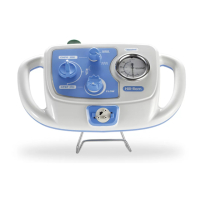
